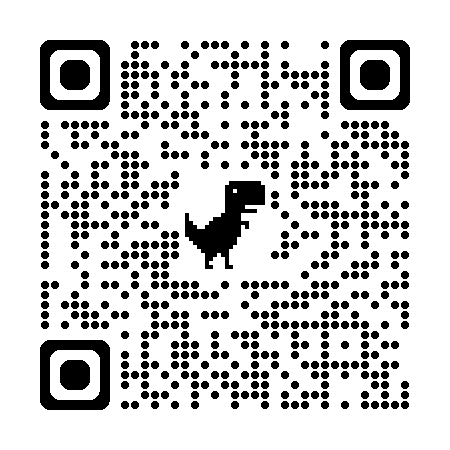Effects of Doodly-Created Instructional Multimedia Environments on Academic Self-Efficacy of Undergraduate Educational Technology Students
Keywords:
Effects, Doodly-created Instructional Multimedia, Environments, Academic Self-efficacy, Undergraduate, Educational Technology, StudentsAbstract
Background: Research has established that multimedia instructions can positively impact students’ general performance, but the effect it has on self-efficacy, especially using a tool like Doodly, is still not evident.
Objective: The study explored the effect of environments of Doodly-created instructional multimedia on undergraduate educational technology students’ self-efficacy, with the moderating role of gender.
Methodology: The 2x2 pre-test-post-test quasi-experimental factorial design was used to assess the study's three null hypotheses. A study sample of 196 students from the third year (92 males and 104 females) was selected through purposive and simple random sampling techniques. The data were collected using the Education Technology Self-Efficacy Questionnaire (ETSEQ). It was validated by experts and had Cronbach's Alpha reliability index of 0.96 before administering, marking, scoring and coding for analysis. Analysis of Co-Variance (ANCOVA) was used to test the hypotheses at a 0.05 level of significance.
Results: The results indicated a statistically significant positive effect of Doodly-created instructional multimedia on undergraduate students’ self-efficacy in Educational Technology, irrespective of the learning environments (classroom or online). Gender did not significantly influence self-efficacy.
Conclusion: Seeing the outcome, the conclusion is that both environments of Doodly-created instructional multimedia increased undergraduate students' self-efficacy in Educational Technology without any influence of gender.
Unique Contribution: This study contributes to the existing body of knowledge by demonstrating the potency of Doodly-created instructional multimedia in significantly enhancing undergraduate students’ self-efficacy in Educational Technology, irrespective of learning environment or gender.
Downloads
Published
How to Cite
Issue
Section
License
Copyright (c) 2024 Idorenyin Johnson, Agnes Edet Asuquo Offiong, Grace Onya Edu, Lawrence Nkpang Ekwok, Francis Ademola Sanda, Catherine Nyong Tawo, John Eteng Imoke, Udeme Akaninyene Umo, Akpo Francis Akpo, Effiom Bassey Ekeng, Agnes Awoli Ewuru, Patience Undelishima Ushie, Linda Esse Ndome, Edet Sam Ime, Vincent Ita Oyamo, Christiana Aloye Ushie

This work is licensed under a Creative Commons Attribution-NonCommercial-ShareAlike 4.0 International License.



